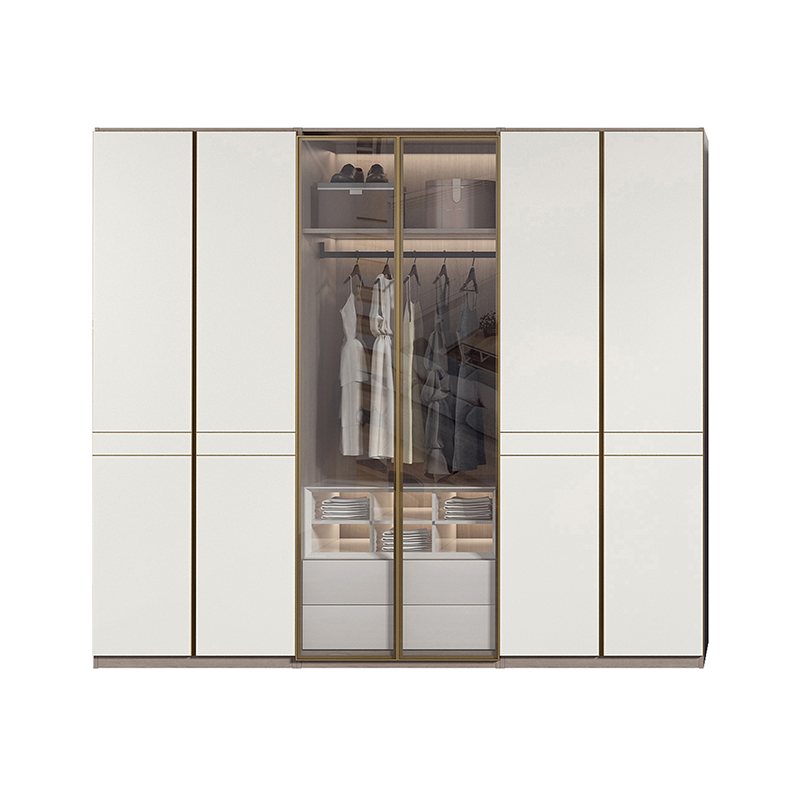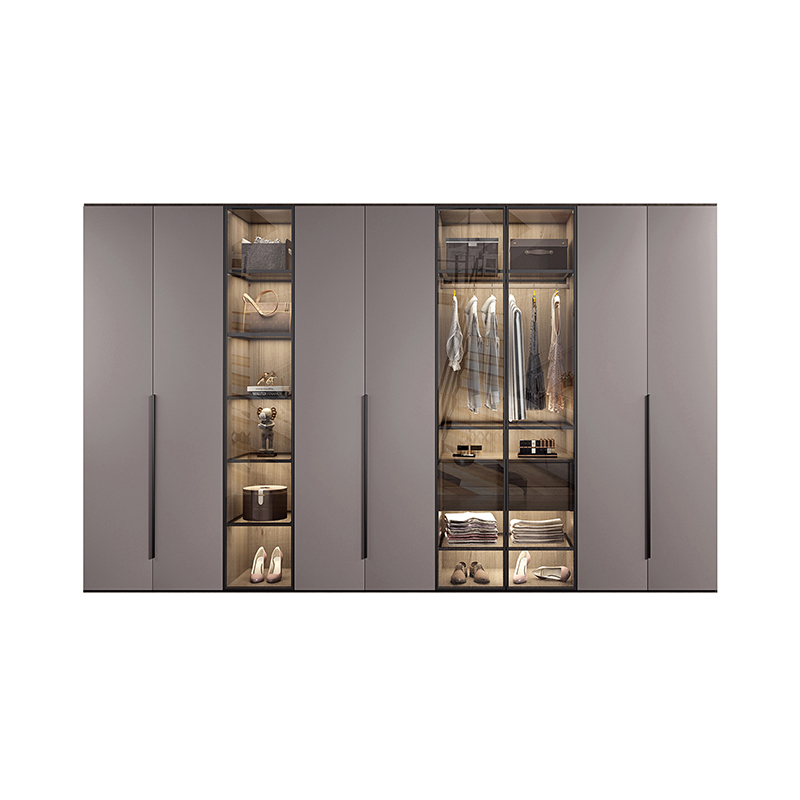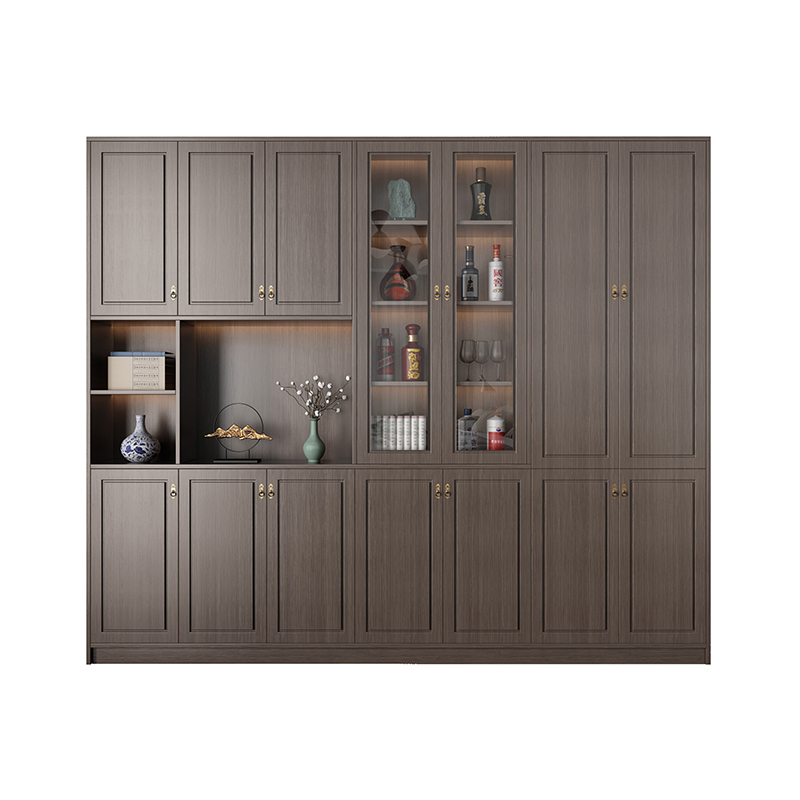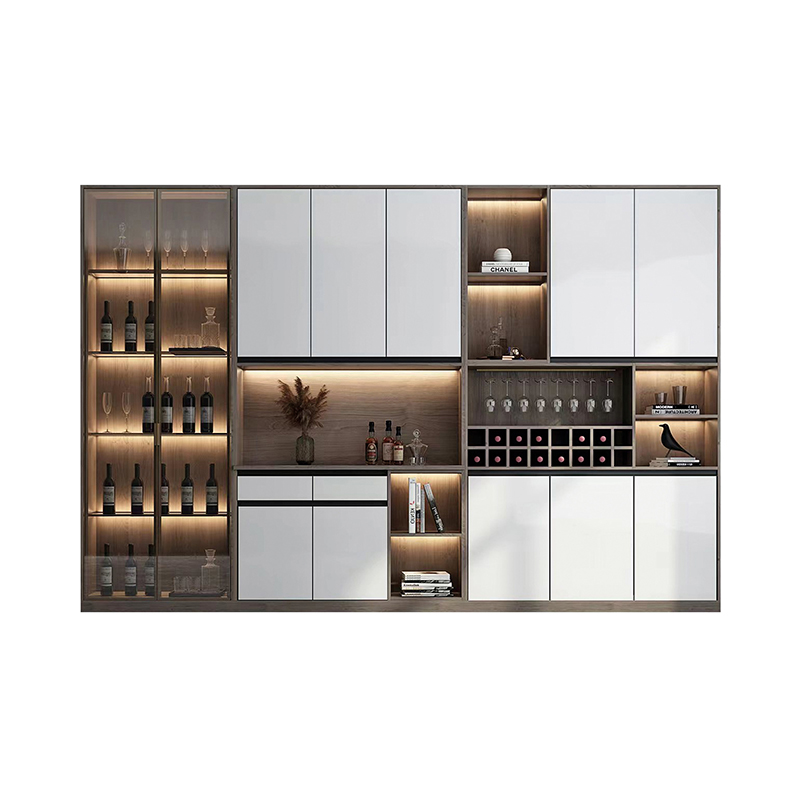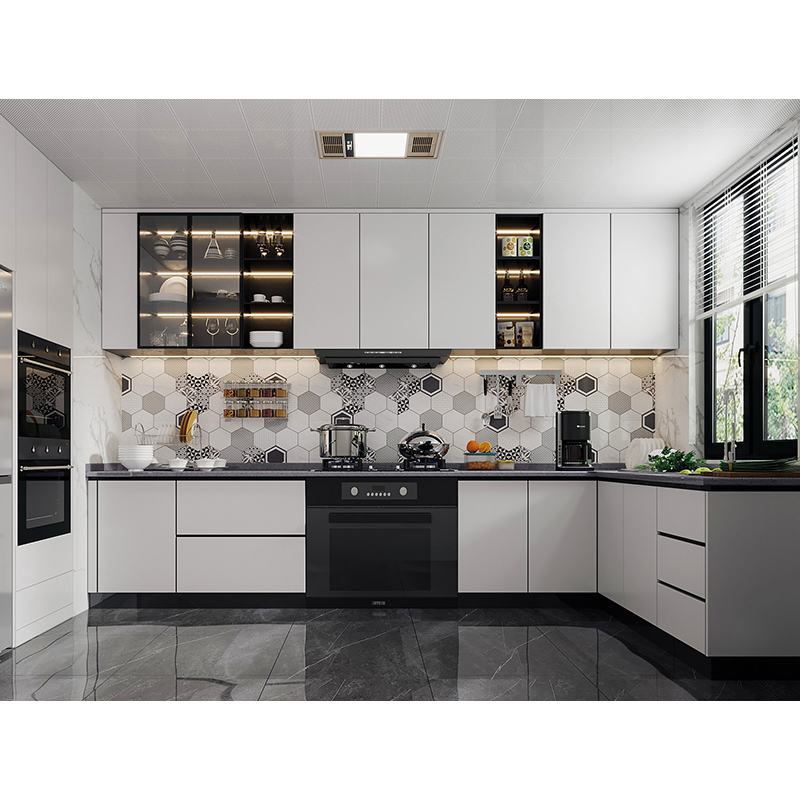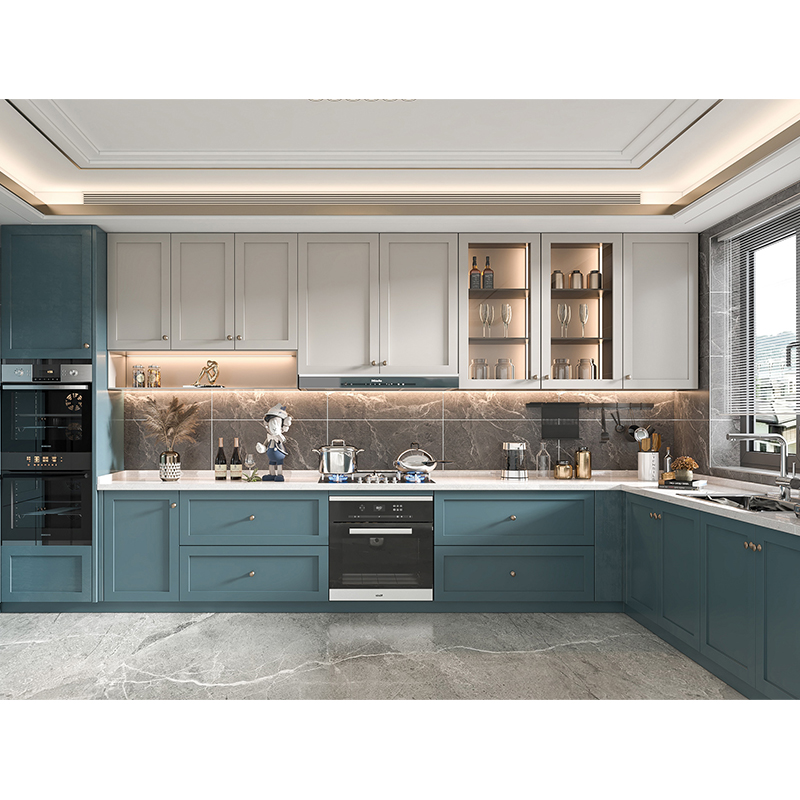Cabinets and wardrobes are fundamental elements in both residential and commercial interiors, providing essential storage solutions while contributing to the overall design and functionality of a space. These pieces of furniture come in various shapes, sizes, and materials, offering a wide range of options to suit different needs, preferences, and budgets. Whether used for storing clothing, kitchenware, office supplies, or household items, cabinets and wardrobes play a crucial role in maintaining organization, maximizing space, and enhancing the aesthetic appeal of a room.
Advantages:
One of the primary advantages of cabinets and wardrobes is their storage capacity. They are designed to help organize and store belongings efficiently, reducing clutter and keeping spaces neat. In homes, wardrobes and cabinets are indispensable for organizing clothes, accessories, and personal items, making it easier to locate and access what is needed. In kitchens, cabinets serve as an essential storage space for cookware, food, and utensils, maximizing kitchen efficiency. For offices or commercial spaces, cabinets can store documents, office supplies, and equipment, keeping workspaces tidy and professional.
Another significant advantage of cabinets and wardrobes is their space-saving ability. Custom designs can be tailored to fit any room layout, ensuring that even small spaces benefit from optimized storage solutions. Built-in wardrobes or wall-mounted cabinets make the most of vertical space, which is especially useful in apartments or homes with limited square footage. Additionally, multi-functional cabinets that incorporate shelving, drawers, and hanging rods maximize storage potential while maintaining a sleek, compact profile.
Durability is also a key advantage. High-quality materials such as solid wood, engineered wood, or metal ensure the longevity and sturdiness of cabinets and wardrobes. These pieces of furniture are designed to withstand daily wear and tear, from the constant opening and closing of doors to the weight of stored items. Moreover, cabinets and wardrobes can be customized with durable hardware, such as soft-close hinges and sturdy handles, enhancing both performance and aesthetics.
Application:
Cabinets and wardrobes have a wide range of applications across residential, commercial, and industrial settings. In residential homes, wardrobes and cabinets are used primarily for storing personal belongings. In the bedroom, wardrobes help store clothes, shoes, and accessories, keeping the space organized and clutter-free. Walk-in closets, for example, are an elegant and practical application of wardrobes, providing ample storage while also serving as a designated area for dressing.
In the kitchen, cabinets are essential for storing dishes, glasses, cooking utensils, and pantry items. Well-designed kitchen cabinets maximize storage, optimize workflow, and keep the kitchen tidy. Pull-out shelves, corner cabinets, and lazy Susans are popular innovations that improve accessibility and organization, particularly in compact kitchen spaces.
In commercial spaces, cabinets and wardrobes serve functional purposes in office environments, retail stores, and hospitality establishments. In offices, filing cabinets store important documents, while wardrobes or storage units help organize supplies. In hotels, wardrobes provide storage for guest clothing and personal items, often with additional features like hangers and shelving for convenience. Retail stores often use cabinetry to display products, creating a neat and professional shopping environment.
Aesthetic Appeal:
Cabinets and wardrobes not only provide essential storage but also contribute to the aesthetic value of a room. Their design, material, and finish can dramatically impact the overall style and ambiance of a space. From sleek, modern cabinetry in minimalist homes to ornate wooden wardrobes in traditional settings, these pieces of furniture are available in a wide range of styles to match various design themes.
In residential interiors, cabinetry is a key factor in defining the style of a room. In modern homes, sleek, handle-less cabinets with high-gloss finishes or matte designs give a contemporary feel. In contrast, classic wooden wardrobes with carved details and brass handles add sophistication and warmth to bedrooms. The use of glass-fronted cabinets can create a lighter, more open feel, while wood or metal finishes contribute to a more traditional or industrial look.
Cabinets and wardrobes can also be customized with innovative designs and finishes that enhance the visual appeal of a room. For example, mirrored wardrobes in a bedroom reflect light and make the space appear larger and more open, while custom cabinetry with built-in lighting can create a luxurious atmosphere in kitchens or living rooms. The color palette of cabinets and wardrobes can be adjusted to complement or contrast with the room's existing décor, ensuring a harmonious and stylish environment.

 English
English русский
русский Français
Français Español
Español عربى
عربى